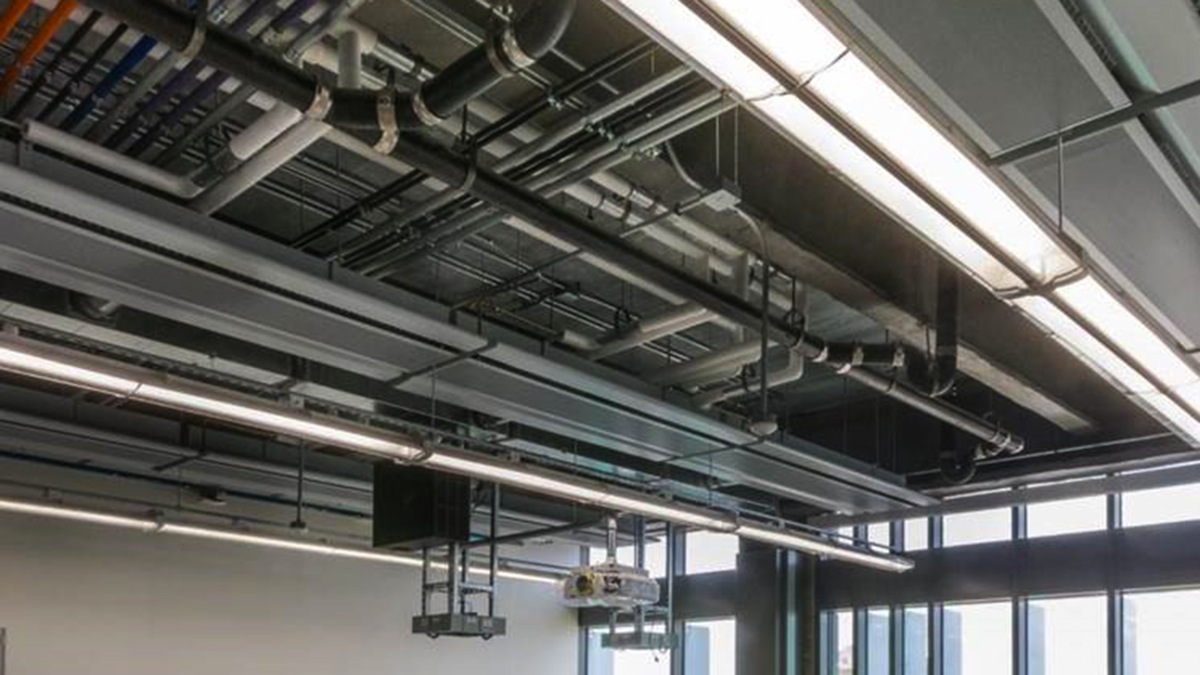The 2014 Nobel Prize in Physics was recently awarded to three scientists (Isamu Akasaki, Hiroshi Amano, and Shuji Nakamura) for inventing the blue light-emitting diode (LED) roughly 20 years ago. Prior to the advent of blue LEDs, white light from an LED source could not be created making commercial LED lighting unattainable. The invention of the blue LED has paved the way for a global lighting revolution.
The importance of this scientific breakthrough cannot be overstated. Lighting energy accounts for approximately one-fifth of electricity consumption in the world. LED sources are more energy efficient than traditional sources such as incandescent and fluorescent and last considerably longer. In the U.S. alone, LED lighting has the potential to save over $13 billion annually on electricity bills. That’s enough electricity each year to power all the homes in the state of Texas.
But alas, now comes a new problem. While first generation LED lighting fixtures were basically your standard incandescent or fluorescent housing retrofitted with LED light boards, manufacturers have now begun designing fixtures around the LEDs. The result is an integrated fixture where lamps are not serviceable or replaceable. This is a fundamental shift in how we think about lighting. No longer will facility maintenance staff be required to make the rounds replacing lamps. As the LEDs diminish in output over time, the entire fixture is simply removed (hopefully recycled) and replaced with a new one. This means building owners will need to completely replace their lighting fixtures at the fixture end of useful life, whenever that may be.
I’ve worked on several projects now where this exact topic has come up and owners have varying opinions.Some owners are comfortable with accepting this risk whereas others want only serviceable LED fixtures. The situation is also a mixed bag among the manufacturing community, where some fixtures are constructed with serviceable parts and others are completely throwaway (again, hopefully recycled).
This issue is one that architects and engineers need to be aware of as commercial LED lighting becomes more widespread. The perceived cost savings could literally be wiped away as owners will be required to completely overhaul their lighting system in 10 or 20 years.
So, the question becomes, should we be specifying replaceable or disposable fixtures? What do you think?
Related Stories
K-12 Schools | Apr 30, 2024
Fully electric Oregon elementary school aims for resilience with microgrid design
The River Grove Elementary School in Oregon was designed for net-zero carbon and resiliency to seismic events, storms, and wildfire. The roughly 82,000-sf school in a Portland suburb will feature a microgrid—a small-scale power grid that operates independently from the area’s electric grid.
75 Top Building Products | Apr 22, 2024
Enter today! BD+C's 75 Top Building Products for 2024
BD+C editors are now accepting submissions for the annual 75 Top Building Products awards. The winners will be featured in the November/December 2024 issue of Building Design+Construction.
Codes and Standards | Apr 12, 2024
ICC eliminates building electrification provisions from 2024 update
The International Code Council stripped out provisions from the 2024 update to the International Energy Conservation Code (IECC) that would have included beefed up circuitry for hooking up electric appliances and car chargers.
Codes and Standards | Apr 8, 2024
First federal blueprint to decarbonize U.S. buildings sector released
The Biden Administration recently released “Decarbonizing the U.S. Economy by 2050: A National Blueprint for the Buildings Sector,” a comprehensive plan to reduce greenhouse-gas (GHG) emissions from buildings by 65% by 2035 and 90% by 2050.
Green | Apr 8, 2024
LEED v5 released for public comment
The U.S. Green Building Council (USGBC) has opened the first public comment period for the first draft of LEED v5. The new version of the LEED green building rating system will drive deep decarbonization, quality of life improvements, and ecological conservation and restoration, USGBC says.
Codes and Standards | Apr 8, 2024
Boston’s plans to hold back rising seawater stall amid real estate slowdown
Boston has placed significant aspects of its plan to protect the city from rising sea levels on the actions of private developers. Amid a post-Covid commercial development slump, though, efforts to build protective infrastructure have stalled.
Green | Mar 25, 2024
Zero-carbon multifamily development designed for transactive energy
Living EmPower House, which is set to be the first zero-carbon, replicable, and equitable multifamily development designed for transactive energy, recently was awarded a $9 million Next EPIC Grant Construction Loan from the State of California.
Sustainability | Mar 21, 2024
World’s first TRUE-certified building project completed in California
GENESIS Marina, an expansive laboratory and office campus in Brisbane, Calif., is the world’s first Total Resource Use and Efficiency (TRUE)-certified construction endeavor. The certification recognizes projects that achieve outstanding levels of resource efficiency through waste reduction, reuse, and recycling practices.
Green | Mar 5, 2024
New York City’s Green Economy Action Plan aims for building decarbonization
New York City’s recently revealed Green Economy Action Plan includes the goals of the decarbonization of buildings and developing a renewable energy system. The ambitious plan includes enabling low-carbon alternatives in the transportation sector and boosting green industries, aiming to create more than 12,000 green economy apprenticeships by 2040.
MFPRO+ News | Feb 15, 2024
Nine states pledge to transition to heat pumps for residential HVAC and water heating
Nine states have signed a joint agreement to accelerate the transition to residential building electrification by significantly expanding heat pump sales to meet heating, cooling, and water heating demand. The Memorandum of Understanding was signed by directors of environmental agencies from California, Colorado, Maine, Maryland, Massachusetts, New Jersey, New York, Oregon, and Rhode Island.

















